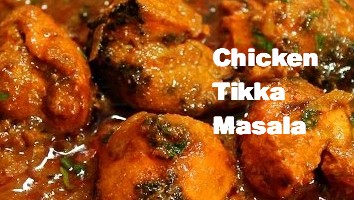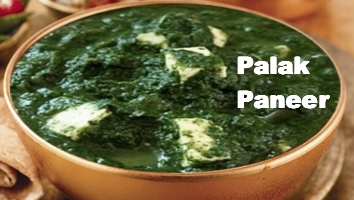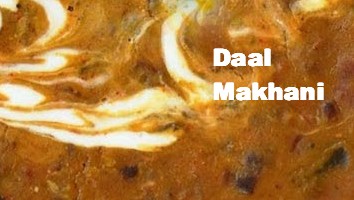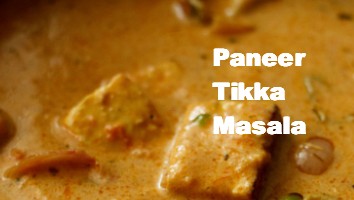|
Nutrition is interpreted as the study of the organic process by which an organism assimilates and uses food and liquids for normal functioning, growth and maintenance and to maintain the balance between health and disease. Also included is the idea of an optimal balance of nutrients and whole foods, to enable the optimal performance of the body. You can help promote good nutrition by setting a good example. Healthy eating habits and regular exercise should be a regular part of your family's life.
Calories and Fat
in the food and
their nutrition
depends on the
way the food is
cooked. An
Indian dish may
be very high in
calories/energy
(mostly from
fat) if it is
cooked by deep
frying, or it
may be low in
calories or fat
it is stir fried
or baked. |
Nutrition Guide










Opinions
Jack Lenox
Kevin Koehler
Ben Lowery
Neha Gajjar